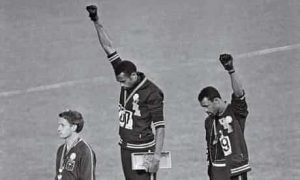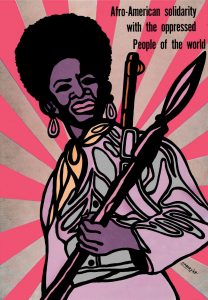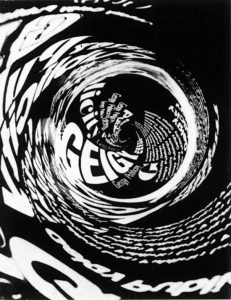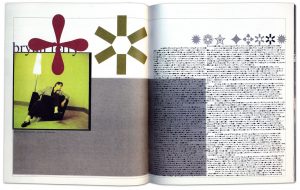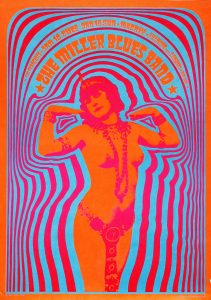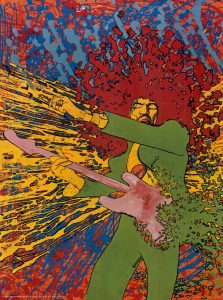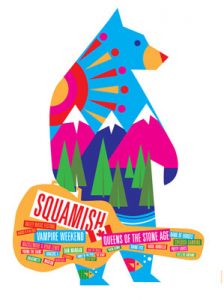During this semester the Research and Communication Skills course has broadened my view on graphic arts immensely. Improving on my contextual knowledge of how and why art movements and various other styles came through has been extremely empowering. I feel that knowledge and understanding is where all good design comes from so for me it’s paramount for my own practice and my career as a whole.
I have found the use of graphic design has played such a huge part in our society, good and bad. The bad use of design from the confusion at Palm Beach county polls where Al Gore supporters mistakingly voted for Pat Buchanan due to the poorly executed layout by Theresa LePore. As well as accelerating the civil rights movement by information being spread to the people on the masses. Emory Douglas, a graphic artist for the Black Panthers, was able to spread the words of their manifesto and spread propaganda aimed at the police, shifting the movement in huge ways. Motifs like the black power salute are still being used to this day and have been adapted for various uses.
The swiss designers from the modernism movement really made me think about what good graphic design is. Dieter Rams ten principles for good design made a lot of sense to me therefore I have began to implement the ideas into my own practice.
- Good design is innovative
- Good design makes a product useful
- Good design is aesthetic
- Good design makes a product understandable
- Good design is unobtrusive
- Good design is honest
- Good design is long-lasting
- Good design is thorough down to the last detail
- Good design is environmentally friendly
- Good design is as little design as possible
I found it quite amazing that I have not been the only one inspired by Dieter Rams work, as has the designers at apple. Consequently very closely replicating some of Rams work in the early editions of apple products. Researching this in week 4, I found both a compliment and an insult of his work, going against his own principle of good design is honest. Learning and seeing the shift between Modernism to Postmodernism has been very interesting. Although Postmodernism cannot be directly defined, I can now strongly say I understand the basis in which it was built.
The weekly tasks I have completed have allowed myself to think about what kind of design I want to be and how I want to impact people. In recent tasks I have been drawn to simple designs with complex messages. The WWF global warming poster I analysed is extremely effective and does the job it’s supposed to, connect to the audience and raise awareness of the impacts of climate change. Through this journey I have been able to conclude for myself what pathway I want to follow for the rest of my degree, Graphic Design. However I welcome the use of other practice as I want to continue my love for Photography and learn more about Motion Graphics.
Rams, D. (2013). Ten principles for good design | Design Principles FTW. [online] Designprinciplesftw.com. Available at: http://www.designprinciplesftw.com/collections/ten-principles-for-good-design [Accessed 7 Dec. 2017].
The Guardian (2012). Mexico City Olympics. [image] Available at: https://www.theguardian.com/world/2012/mar/30/black-power-salute-1968-olympics [Accessed 7 Dec. 2017].

